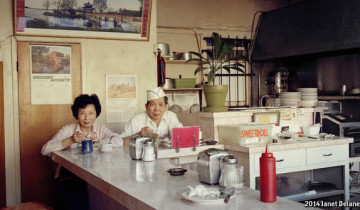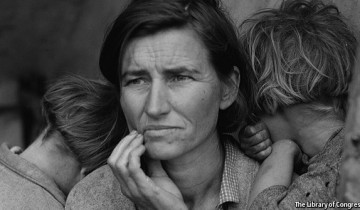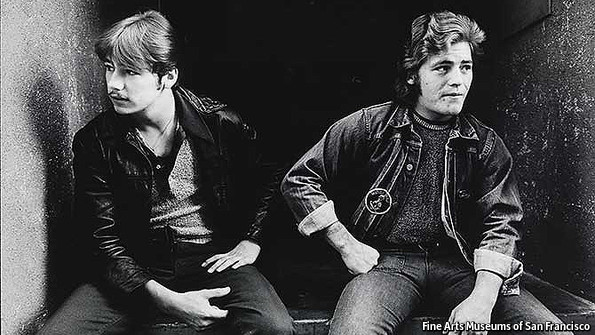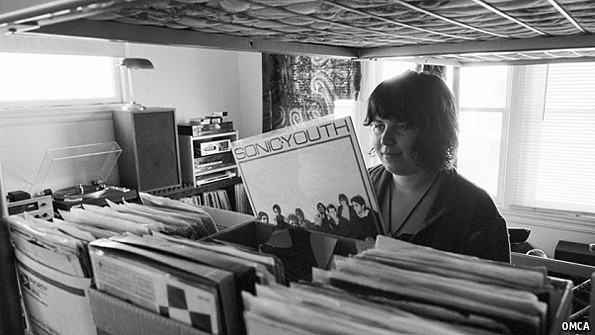
HANDOUT: Willard E. Worden, “San Francisco at Night – City Hall Illuminated,” 1903. Gelatin silver print. Robert Tat Collection. “Portals of the Past” exhibition at the de Young Museum, San Francisco, 2015. Miriam Newcomer – T: 415.750.3554. MNewcomer@famsf.org
His lens tended toward eye-pleasing locales that remain iconic today: Cliff House, the Dutch windmill in Golden Gate Park, the Japanese Tea Garden, Chinatown, Ocean Beach. And he loved taking photographs of ships coming through the Golden Gate, seagulls, sand dunes, and Lake Merced. His mission was one of fondness: a self-taught East Coaster who fell in love with Northern California after his military career ended there. He was not a photojournalist, but he had also done much to document the 1906 earthquake: seismologists responsible for helping rebuild the city closely studied the crumbled buildings in his photo essay from that year, “The Story of Our Sorrow”. The fair was the pinnacle of a photography career that did not earn him international recognition, but left behind a wistful account of a booming city in the first two decades of the 20th century.
Worden won a medal of honor at the fair, but stopped taking photographs shortly after the expo, according to James Ganz, curator of both the Worden exhibit and the larger Jewel City exhibit. “He was an artist, but didn’t participate in larger art movements or international exhibits.” Instead he settled into a local business of selling prints and framing pictures. Because he didn’t sell his work outside of his home city, he and his work have been largely forgotten.
A new exhibit of Worden’s work, however, “Portals of the Past“, which opened at the end of July at the de Young Museum, may help to change that. His images provide a sidebar to a larger exhibit, “Jewel City: Art From San Francisco’s Panama-Pacific International Exposition”, which features 250 works from American and European artists from the 1915 World’s Fair and opens at the museum in October.
The Worden exhibit contains half-tone reproductions of photos, gelatin silver prints and many soft-focus, sepia-toned, framed images that were most likely to end up on the interior walls of middle-class homes around the city. Worden also spent a lot of time producing hand-colored photos, which almost appear to be paintings. “Ansel Adams would have bristled at these,” Mr Ganz said. “But Worden was remarkably good from the beginning, almost completely self-taught.”
The comparison is perhaps inevitable. The meticulous Adams (1902-1984) is synonymous with dramatic photography of California’s beauty, his photographs adorning many a calendar, poster and appeal for conservation. But Worden’s prints shows that there is another way to do beauty. They may not have the same timeless, majestic affect of Adams’ high-resolution images: Worden’s work is more hazy, very much rooted in a their time, and are not ideological in the way Adams’ images are. The Worden exhibit is a love letter to San Francisco, as seen by a photographer whose brief career began and ended there—but who deserves a viewing far beyond the Jewel City.
“Portals of the Past: The Photographs of Willard Worden” is on at the de Young museum in San Francisco until February 14th 2016. Image courtesy of the de Young museum.



